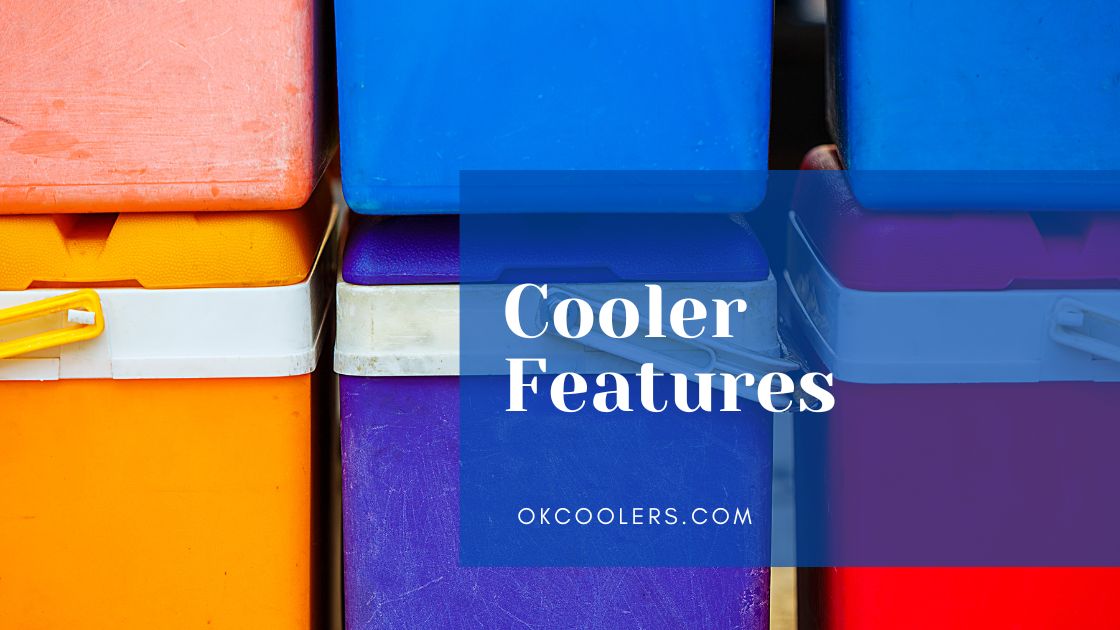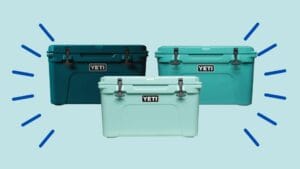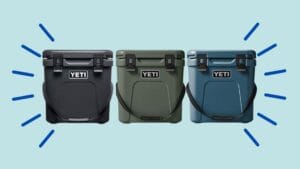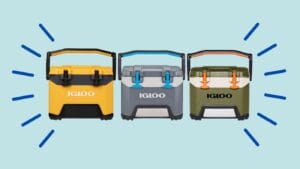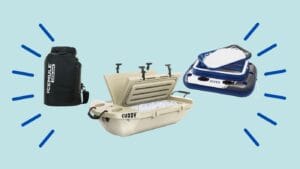When it comes to enjoying outdoor activities, whether it’s a day at the beach or camping in the wild, one piece of gear that’s a must-have is a good cooler. But what makes a cooler “good” not only depends on its ability to keep your drinks cold and your food fresh but also on a variety of cooler features that can enhance its functionality and make your outdoor experience even better.
In the realm of coolers, features can vary widely depending on brand, size, design, and price range. From the basic, lightweight, and portable models to the high-tech versions with built-in extras like bottle openers, and even blender attachments, these features can drastically impact how your cooler performs and fits your needs, and for that, you need to analyze cooler features.
Cooler Features Quick Guide
When you’re on the market for a new cooler, it’s not just about keeping things cool — it’s about finding the gear with the right features to match your outdoor lifestyle. Here is a list of 8 essential cooler features that will take your camping experience to the next level. For more details keep reading below.
- Durability
- Insulation
- Size
- Materials
- Portability
- Specialty Models
- Extra Features
- Cooler Type
Cooler Features: Aspects to Consider
We’ll dig deeper into the key cooler features you should consider when buying a cooler.
Durability
When considering cooler features, it’s important to think about the level of durability it will require. If your cooler will only be used for a few hours, sitting underneath a picnic table or snugly in the bed of your vehicle, there is no need to search for rugged exterior materials. In these situations, lighter and more portable softshell coolers can be a convenient and efficient option.
However, if you plan on using your cooler on a boat or during extended wilderness trips, you’ll want one that can handle rough handling. Coolers with tougher exteriors, such as those made of hard plastic or metal, may come at a higher price but will provide the durability you need.
Additionally, consider if you intend to use your cooler for other purposes, such as a piece of furniture during your trip. Keep in mind that while some less expensive coolers may efficiently cool your snacks, they might not withstand being sat on and could potentially break or crack.
Insulation
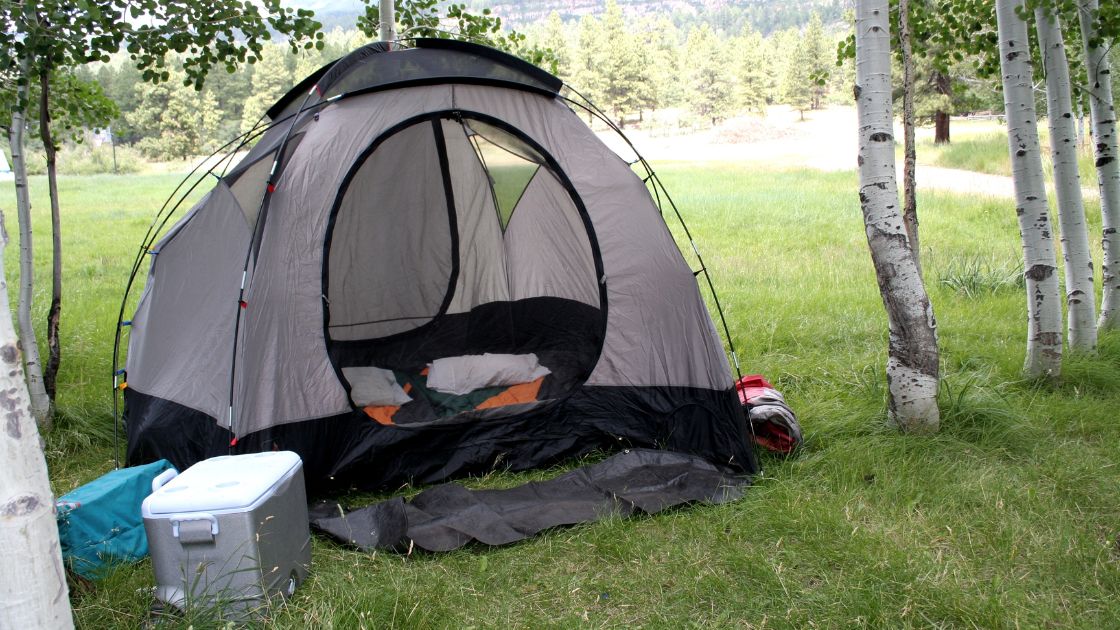
When choosing a cooler, it’s important to prioritize its insulation capabilities since the main purpose is to keep your food and beverages cool. Hard-shell coolers are more effective at retaining ice compared to their soft-shell counterparts due to their additional insulating material. If you’re planning to pack perishable food or items that may spoil, especially for multiple days, a hard-shell cooler is highly recommended.
While soft-shell coolers can suffice for a few hours, the better insulation of hard-shell coolers is designed to maintain food below the recommended 40-degree mark set by the U.S. Food & Drug Administration for longer periods.
Similar to durability, the quality of insulation in a cooler generally matches its price. Higher-quality coolers feature denser and thicker insulating material, resulting in better ice retention.
Pay attention to the insulation of the cooler’s lid as it bears the brunt of the heat when the cooler is exposed to the elements. A thick layer of insulation between the lid and the ice will significantly enhance the cooling capabilities.
Size
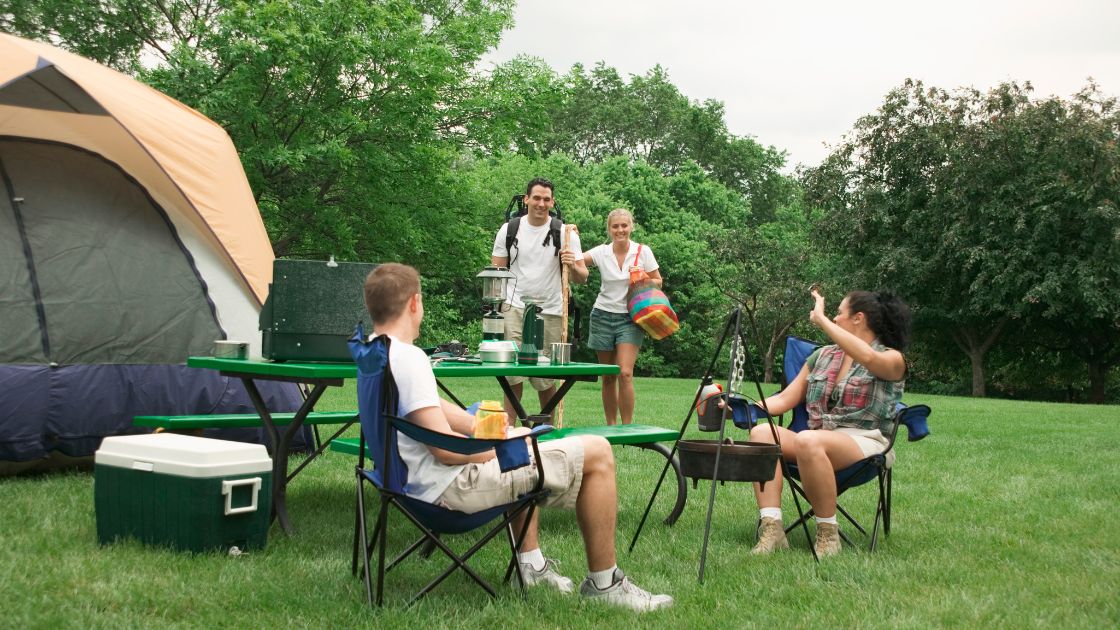
When choosing a cooler, consider two factors: the amount of food and drink you need to keep cool, and the available space for the cooler itself. Most coolers are measured in quarts, with smaller options measured by their can capacity. For overnight or evening trips with one person or a small group, a cooler measuring 25 quarts or less will suffice, providing ample space for ice, food, and drinks. If you’re planning an extended excursion, larger options are available, some reaching over 75 quarts in size. The largest coolers, designed for marine use or storing meat from a hunting trip, exceed 100 quarts.
Remember to account for ice or ice packs when considering the size. A general guideline is to have one part of ice for every two parts of food or beverage. Additionally, larger coolers require more space, so ensure that your container fits in your vehicle before opting for the largest size. To maximize efficiency, aim for the ice levels to reach the top of the cooler. Look for a container that provides ample storage without excessive ice requirements to achieve this optimal level.
Materials
When it comes to cooler features, construction is key. There are several material options available.
- Softshell coolers made from fabric are perfect for short trips or events that require a small amount of food or drink. They are lightweight and collapsible, making storage a breeze. Additionally, softshell coolers often have extra pockets on the exterior to hold snacks, as well as smaller items like your phone, wallet, or keys. However, it’s important to note that while they offer storage and versatility, they may not provide the same level of insulation as other coolers.
- On the other hand, hard-shell coolers are typically made from plastic or metal. These materials offer thicker insulation, which means your items will stay cold for longer periods of time. These coolers are ideal for keeping larger amounts of food and beverages chilled, and they can retain ice during lengthy trips. However, it’s important to consider the space required to transport them, as hard-shell coolers do not break down or collapse. Additionally, make sure you have adequate storage space for these coolers when they are not in use.
Portability

When selecting a cooler, another important cooler feature to consider is not only its insulation and durability but also its transportability. After all, a cooler with exceptional features won’t be of much use if it’s difficult to carry to your desired location or event. Take into account the design and how it may affect portability. Smaller options often come with a convenient single-handle design, while larger coolers may offer side handles or ropes for a more efficient two-person carry.
For even easier mobility, there are coolers equipped with built-in wheels, similar to a suitcase. These wheeled coolers sometimes include a telescopic handle, allowing you to walk upright without the need to bend over to reach the contents. Once you’ve arrived at your destination, the handle discreetly folds away, saving valuable space. Additionally, some models offer shoulder straps or can be worn as a backpack for added convenience.
Specialty Models
When searching for a new cooler, you may come across specialty models that serve a specific purpose or boast unique design features. For instance, one popular specialty cooler is the marine cooler. These containers, as mentioned earlier, can exceed 100 quarts in size and are crafted from white, antimicrobial plastic.
The antimicrobial materials help prevent bacteria buildup on both the inside and outside, ensuring that you can store your daily catch without worrying about spoiled meat. Combine these advantages with the exceptional thermal capabilities of a marine cooler, and you have the perfect companion for your open-water expedition.
In addition to fabric coolers and hard-shell models, there are also thermoelectric coolers that offer superior refrigeration for your travel needs. These containers function like mini refrigerators and can be powered by either home or vehicle outlets.
Extra Features
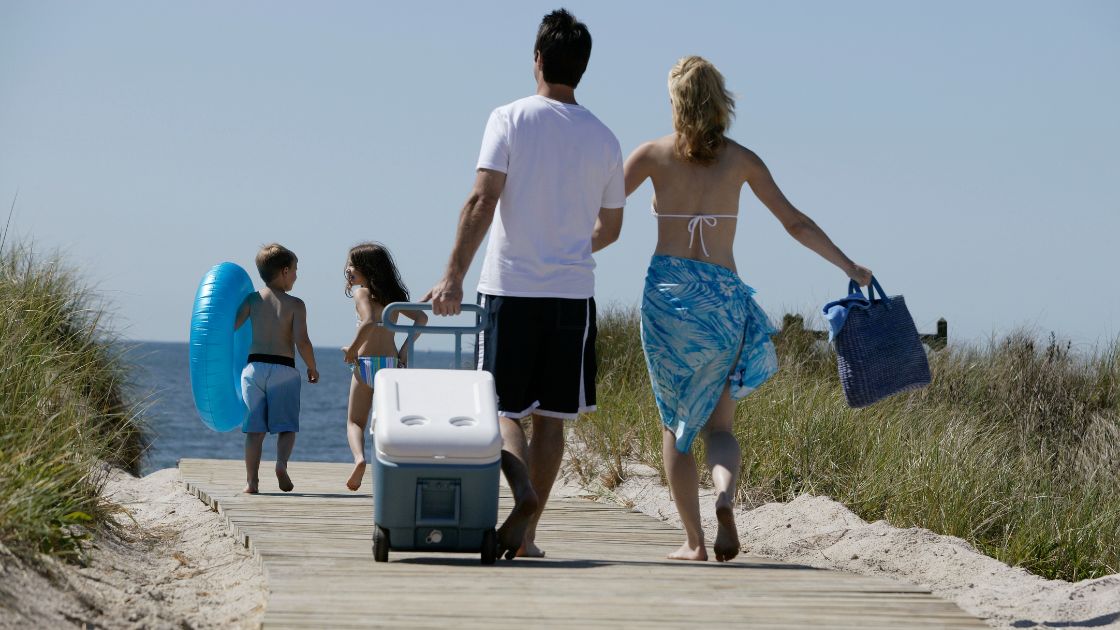
Once you have narrowed down your options for coolers, there are a few important qualities to consider. Some models are equipped with a locking or latching mechanism, particularly those labeled as bear-resistant. It is crucial to ensure that these locking systems are user-friendly and meet your comfort and safety requirements.
When it is time to drain the melted ice, having a proper and efficient drain plug becomes essential. Make sure that your cooler is equipped with either a pop-top or screw-in drain plug, allowing for easy drainage and cleaning of your cooler.
Cooler Types
While all coolers serve a similar purpose, there are several types available to cater to different needs. The most common cooler types include:
- Hard-sided coolers: Plastic is a preferred material for crafting top-quality hard-sided coolers known for their strength and durability. Among the finest ice chests available, rotomolded coolers have gained a reputation for excellence. Crafted from a single, seamless piece of plastic instead of assembled parts, these coolers offer the added benefits of being waterproof and leakproof.
- Soft-sided cooler: Fabric coolers are typically collapsible, making them easy to store when not in use. These lightweight and portable coolers are perfect for short outings such as picnics or beach trips. Soft-sided coolers offer additional features such as wheels, telescoping handles, padded grips, exterior bungee cords, and mesh pockets for storing small extras.
- Patio coolers: If you’re looking for a cooler to use in your backyard, consider a stationary or wheeled patio cooler. These coolers are designed with convenience in mind. They have a raised design, making it easy to access food, ice, and drinks. Available in various decorative colors and styles, some even come with locking casters to ensure they stay in place. Additionally, there are buffet-style coolers that offer a built-in cooler area, one or two cabinets for storing glasses, napkins, and other essentials, as well as a countertop for mixing and serving drinks.
- Insulated backpack coolers: Some coolers come with built-in drain plugs, while others require being turned upside down or on their side to empty. Additionally, certain models have dry storage compartments that offer convenient space for picnic essentials like paper plates and utensils.
- Fishing and camping coolers: When it comes to camping, the best coolers are those that offer the desired features and necessary storage capacity. If a wheeled cooler is what you’re after, prioritize one with oversized, heavy-duty rubber wheels that can easily navigate rough terrains. Additionally, consider durable latches, hinges, and a lockable lid to deter wildlife, such as bears, from accessing your food. For those seeking an extra seat around the campfire, opt for a hard-sided or rotomolded cooler that can withstand the weight of a person, as recommended by the manufacturer.
- Travel coolers: Before embarking on your journey, consider investing in a travel cooler that seamlessly integrates with your electronic devices. Certain travel coolers are equipped with weather-resistant compartments to safeguard your cell phones, laptops, and tablets. On top of that, some models offer an array of additional features. The finest travel coolers for those with a plugged-in lifestyle not only keep your items chilled but also stream music from Bluetooth-enabled devices and even charge your phone.
Common Questions About Cooler Features
Now it’s time to answer some common questions about cooler features.
Why should you invest in a camping cooler?
- A Camping Cooler Keeps Beverages and Food Cool: Maintaining the coolness of beverages ensures they stay fresh and refreshing all day long. While that’s certainly nice, when it comes to outdoor trips, keeping food cool becomes even more crucial. This is because it helps prevent food spoilage, which can be a serious concern, especially for perishable items like dairy products, meat, fish, eggs, fruits, and vegetables. Exposing these foods to the sun for extended periods can easily lead to spoilage, posing potential health risks.
- A cooler protects food and drinks from animals: When camping in bear country or wanting to deter smaller animals, opting for heavy-duty coolers with bear-proof seals is highly recommended. These coolers offer the perfect blend of functionality, combining the features of a regular cooler with the added security of a bear container. This convenient solution ensures peace of mind while enjoying the great outdoors.
- An outdoor cooler makes a great seat: Nowadays, outdoor enthusiasts have a wide array of choices when it comes to portable, lightweight, and collapsible camping furniture. While the primary purpose of an ice chest cooler is not for seating, it can serve as an additional option. This is especially true if the cooler is equipped with a built-in cooler rest feature.
- Multi-Purpose Coolers Are Pretty Versatile: A camping cooler is no longer just for keeping your food and drinks cool; it has transformed into a versatile tool for any outdoor adventure! Imagine camping coolers with built-in speakers, allowing you to enjoy your favorite tunes in the wilderness without the need for extra equipment. And how about a cooler with a blender on top, offering other cooler features such as a delightful way to whip up refreshing smoothies and other delicious treats right there in the great outdoors? Some camping coolers even come equipped with solar panels and USB ports, ensuring you can stay connected and charge your devices while on the move. Lastly, picture a camping cooler with cup holders, providing a convenient and secure spot for your beverages as you explore the campgrounds.
- It Saves Money: Investing in a high-quality camping cooler offers more than just convenience – it can also lead to long-term savings. With the ability to keep food and drinks chilled for extended periods during outdoor adventures, you can avoid the need to purchase provisions along the way. Superior insulation in quality camping coolers ensures food safety, preventing spoilage and bacterial contamination. By reducing the frequency of new item purchases, you can significantly cut costs. Moreover, opting for a durable cooler means fewer repairs and replacements, resulting in even greater financial savings!
What size cooler should I get for camping?
The suitable size of your cooler depends on the number of people in your group and the duration of the trip. For a weekend trip with two to three people, coolers ranging from 25 to 45 quarts are generally recommended. However, for families and longer stays, a cooler with a capacity between 45 and 70 quarts would be more suitable. Alternatively, you can also divide your items between two medium-sized coolers, which is often our preferred option.
Is it possible to utilize dry ice in a cooler for camping purposes?
Indeed, dry ice surpasses regular ice in terms of temperature, making it more effective at preserving the coldness of your food and beverages. Furthermore, unlike regular ice, dry ice doesn’t melt but undergoes a transition into gas. This eliminates the concern of dealing with a pool of water inside your cooler within a short span of time.
Video What is The BEST American Made Cooler? YETI, KONG, ORCA, Pelican, Otterbox
If you’re in the market for a new cooler, in addition to cooler features, you may be wondering which American-made brand is worth investing in. Check out this video to find out what sets YETI, KONG, ORCA, Pelican, and Otterbox coolers apart and which one may be the best choice for your needs.
Final Thoughts
In conclusion, the world of coolers is far more diverse and innovative than one might initially imagine. From basic models designed for simple food and beverage storage to multifaceted devices equipped with electronics compartments, Bluetooth speakers, and even solar panels, these essential items have evolved to meet the needs of every outdoor enthusiast.
Whether you’re planning a short camping trip or an extensive outdoor expedition, understanding the essential cooler features can help determine the perfect fit for your journey. Ultimately, investing in a high-quality cooler not only enhances your outdoor experience but also leads to significant cost savings in the long run.

